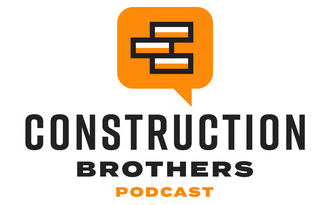Baseball Analogies to Help Improve Your Team
Contractors can learn a lot from the teamwork that goes into creating a winning sports team. Angie Simon, CEO of Western Allied and SMACNA President, delves into how she applies the lessons she learned on the field playing competitive softball to how
 Angie Simon, CEO of Western Allied Mechanical, a $110 million mechanical and design-build contractor. She is also the first female president of SMACNA National in its 77-year history.
Angie Simon, CEO of Western Allied Mechanical, a $110 million mechanical and design-build contractor. She is also the first female president of SMACNA National in its 77-year history.
In this episode of the Construction Brothers podcast, Angie dives into how communication within team sports mimics the communication necessary to build a successful construction team. “There is a lot of tie-in between construction and sports,” says Angie. “So much of construction is about teamwork.”
Angie talks about communication, project management and diversity within the construction industry, and also addresses the workforce shortage within the trades and the steps she’s already taking to tackle this challenge head-on.
“In baseball, my talent skills are maybe not as high as they should be, but I have a good baseball IQ,” says Angie. “When I got into construction, to say the same thing, I’m a mechanical engineer, but I really didn’t know construction, but I also respected my team so much,” she continues.
“What I’m trying to teach my young project engineers right out of college is ‘you may have a degree, but you really don’t know what we do out in the field,’” says Angie. “You may be the captain, the person running the project, but your team is more important than you are.”
Jun 24, 2021 — Member Update
Latest Articles
Dec 17, 2025 - Director of Operations at Ernest D. Menold, Inc., discusses how to integrate software solutions into the shop floor and what SMACNA members need to be mindful of when selecting a suite that suits their needs.
Dec 17, 2025 - Project Manager with Western Sheet Metal talks about embracing new technology and emerging best practices within a sheet metal shop and how to successfully leverage data in the shop.
Dec 17, 2025 - For the fourth consecutive year, SMACNA’s Executive Director of Government and Political Affairs recognized by The Hill newspaper.

